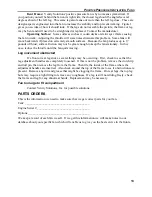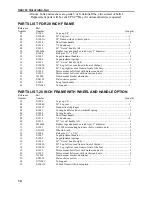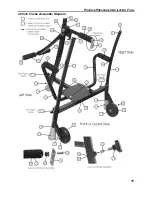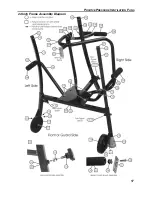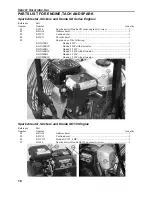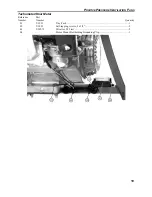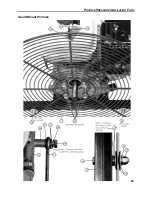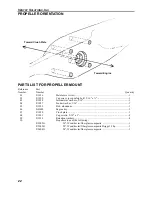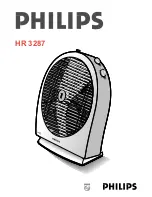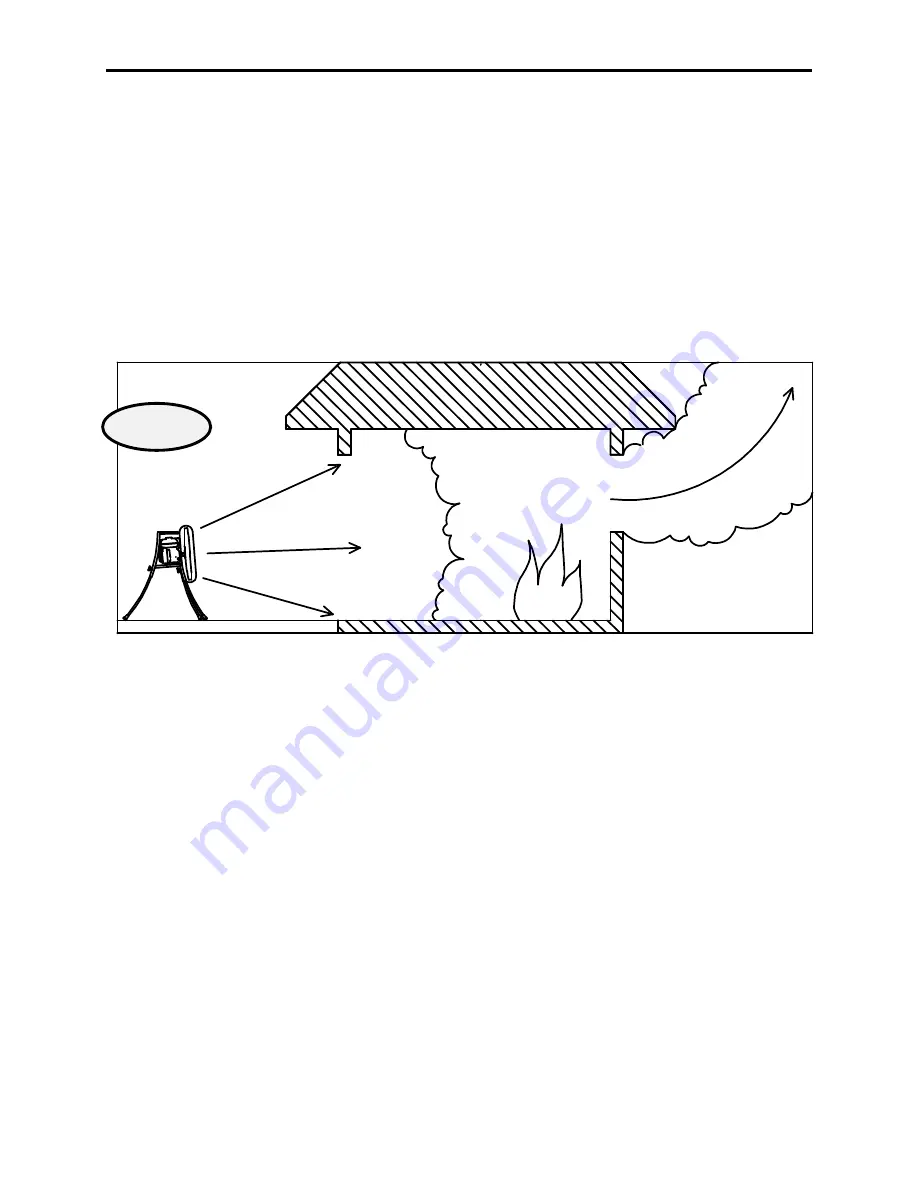
P
OSITIVE
P
RESSURE
V
ENTILATION
F
ANS
7
HOW TO USE POSITIVE PRESSURE VENTILATION
PPV The Basics
Positive pressure ventilation (PPV) is a powerful tool for fire fighting but, like a double-
edged sword, it can cut both ways. Training and careful planning are essential if PPV is going to
work to its full potential. Remember the basic fire triangle (heat, air, fuel). PPV reduces the
temperature by displacing the hot flammable gasses, but it also provides the fire with an
abundant source of oxygen. Timing is the key: have everything ready for the initial attack
before positive pressure is used. The size-up needs to be done, incident command needs to
develop a plan which uses an aggressive initial attack, lines need to be setup and charged, and
firefighters in SBA’s need to be ready to attack the fire seat. Use PPV to blow the heat and
smoke out of the structure, then get in and put the fire out before the increase in oxygen has a
chance to let the fire flair up. Figure 14 is a simple example of the fan's proper use.
The size-up should look for exterior signs that indicate the fire seat's probable location.
Use that information to develop an initial attack plan that ventilates by pushing the heat and
combustible gases out of the structure near the seat of the fire.
In actual practice it is not always possible to locate the seat of the fire during the initial
size-up. In such cases, we've found that using positive pressure at the most convenient point of
entry and venting on the opposite end of the structure works well. If possible, take into
consideration which way the atmospheric wind is blowing, especially a strong wind, because
working with the wind is more effective than trying to overpower it.
After the initial attack, positive pressure can be used to minimize smoke damage.
Pressurize the structure starting at an upwind room. Open a window and let the room completely
clear of smoke. Then close the window and entrance to that room. Proceed in a downwind
direction to clear the rest of the rooms in the structure. The downwind technique prevents smoke
from leaking back into rooms that have already been cleared and allows you to check for other
fire seats; if an upwind room refills with smoke, you've got another fire seat to deal with.
Figure 21.
Proper Fan Operation
RIGHT!
Summary of Contents for POSITIVE PRESSURE VENTILATION FANS
Page 1: ...OWNER S MANUAL POSITIVE PRESSURE VENTILATION FANS By Ventry Solutions Inc ...
Page 5: ......
Page 20: ...POSITIVE PRESSURE VENTILATION FANS 15 20 Inch Frame Assembly Diagram ...
Page 22: ...POSITIVE PRESSURE VENTILATION FANS 17 24 Inch Frame Assembly Diagram ...
Page 26: ...POSITIVE PRESSURE VENTILATION FANS 21 Guard Mount Pictures ...
Page 28: ...POSITIVE PRESSURE VENTILATION FANS 23 Propeller Hubs and Tab Washer Pictures ...


















